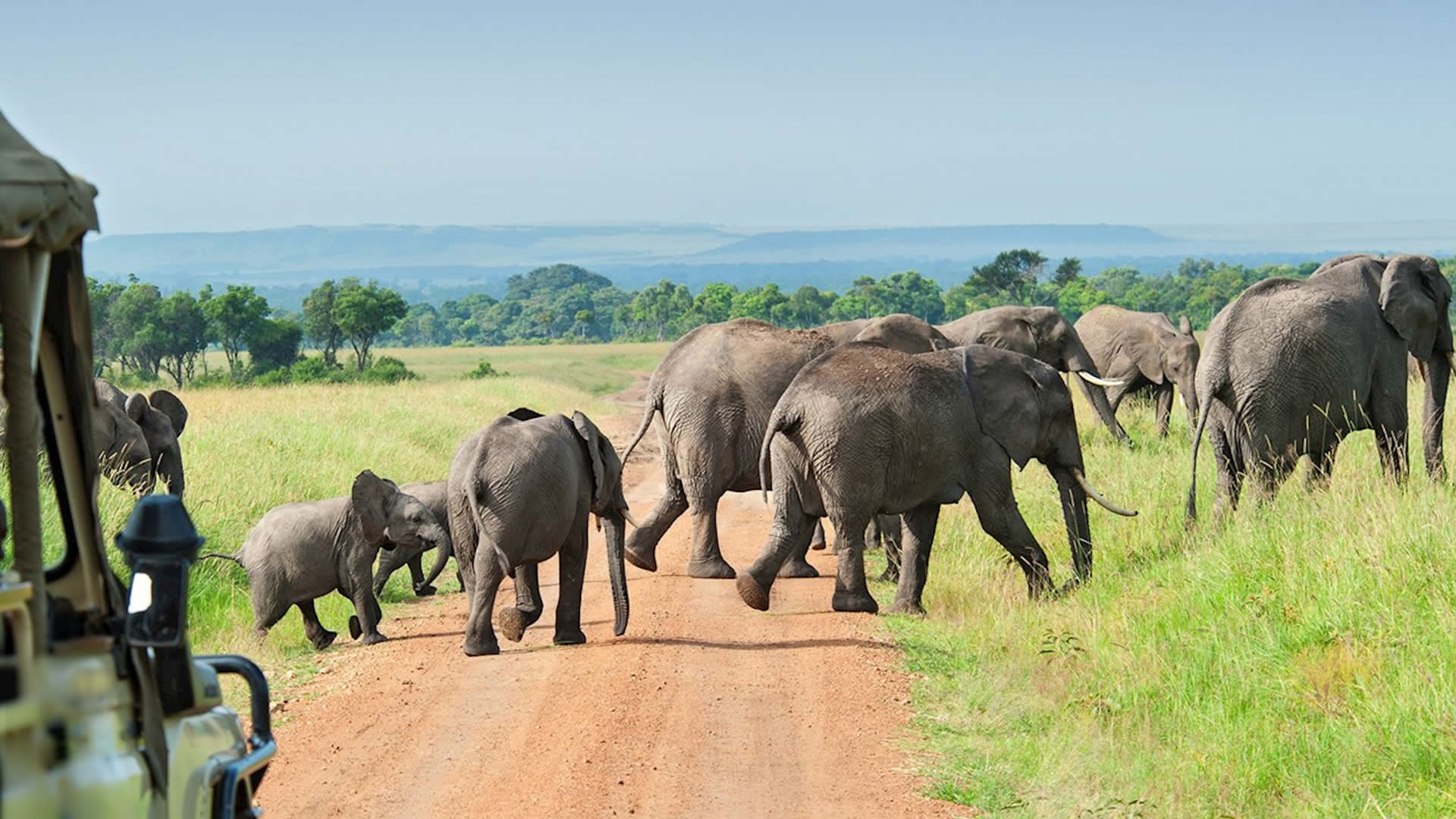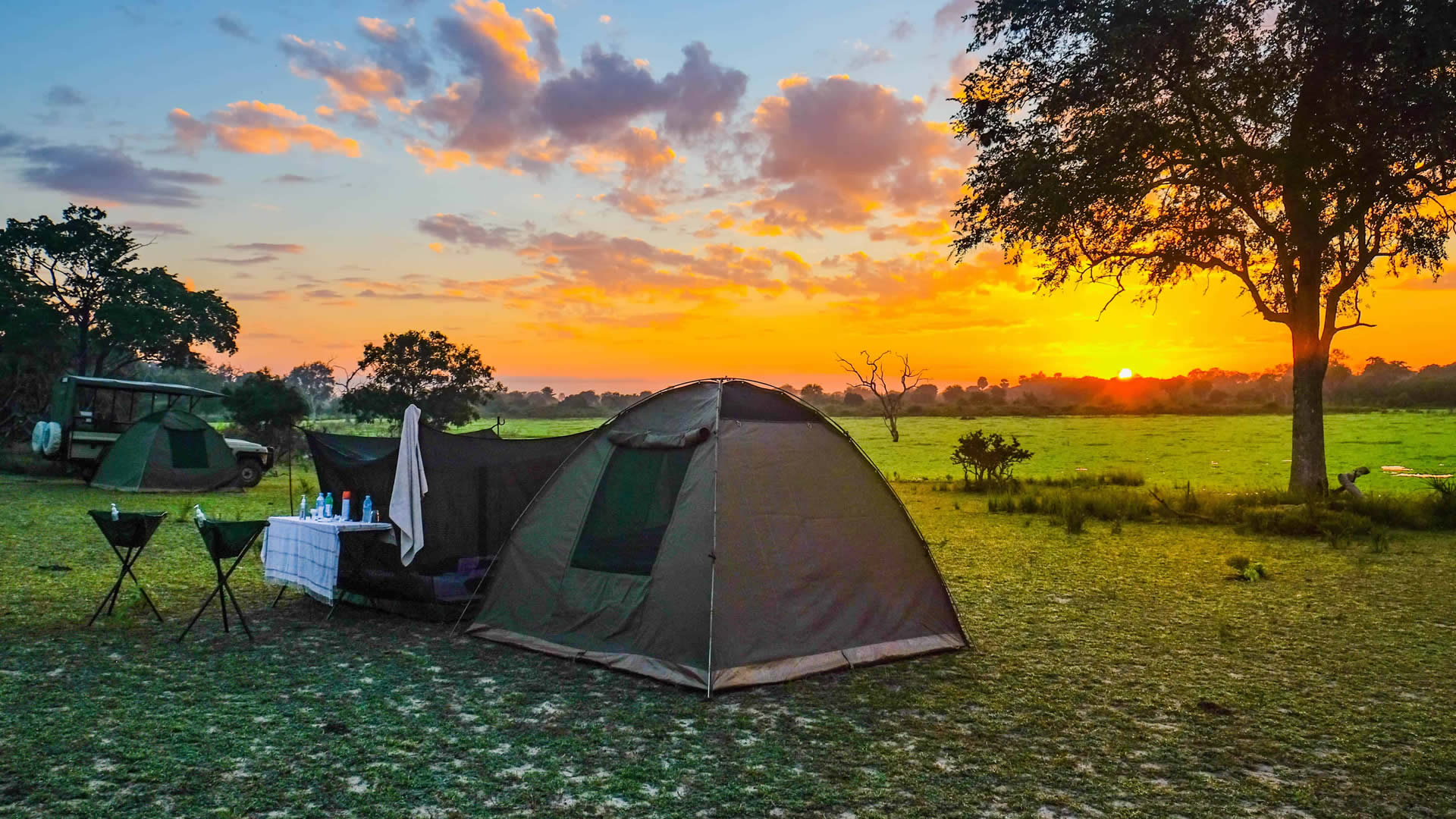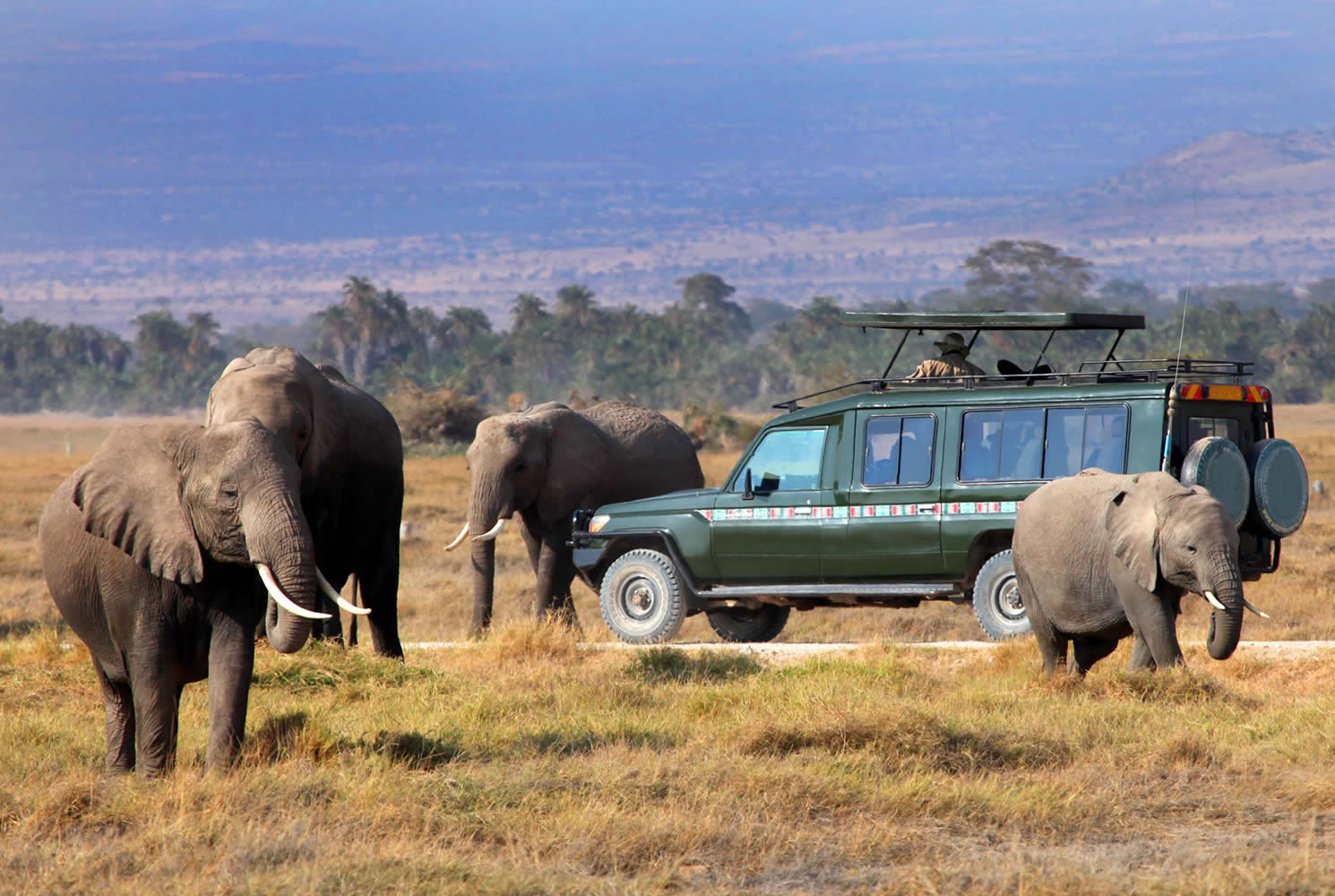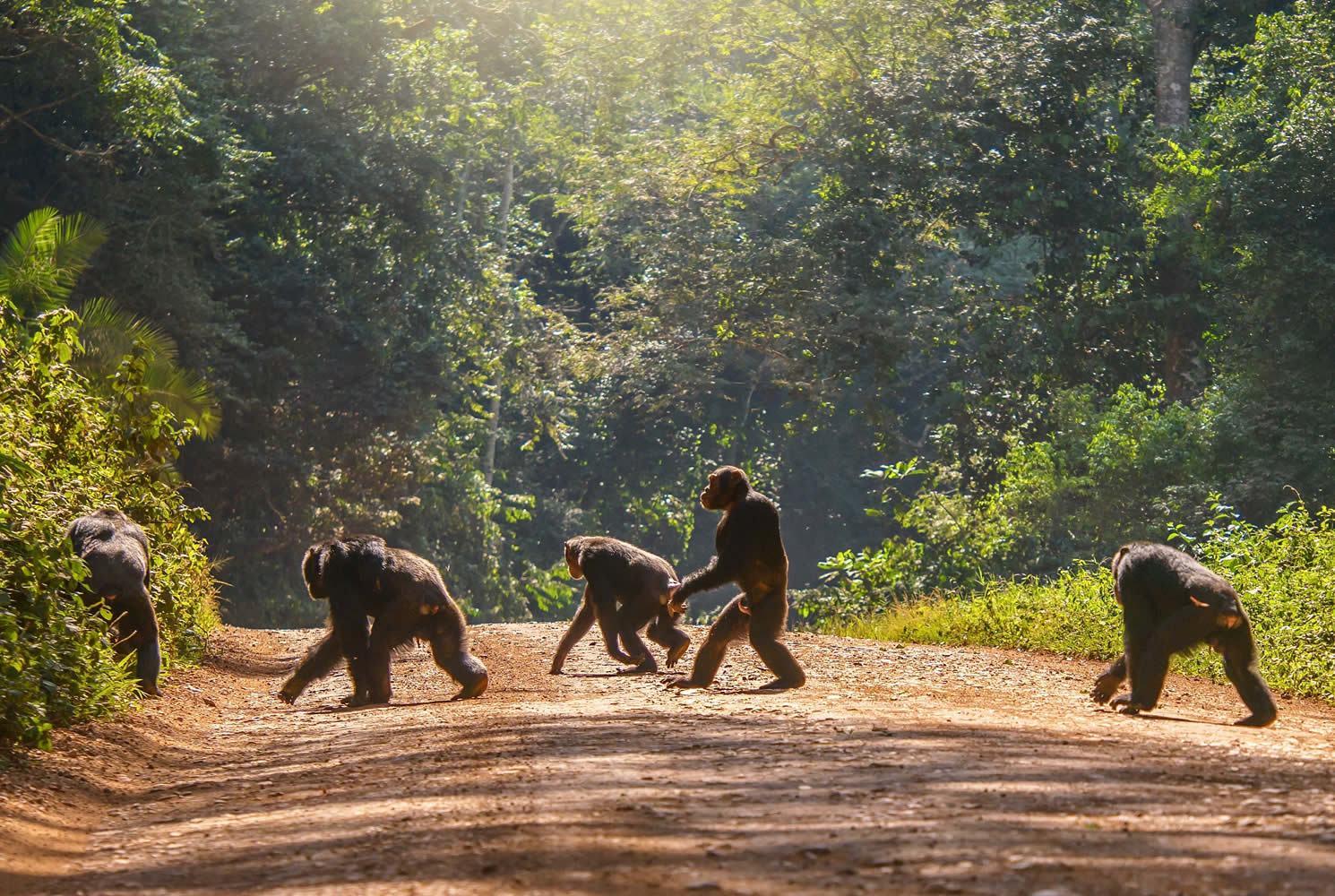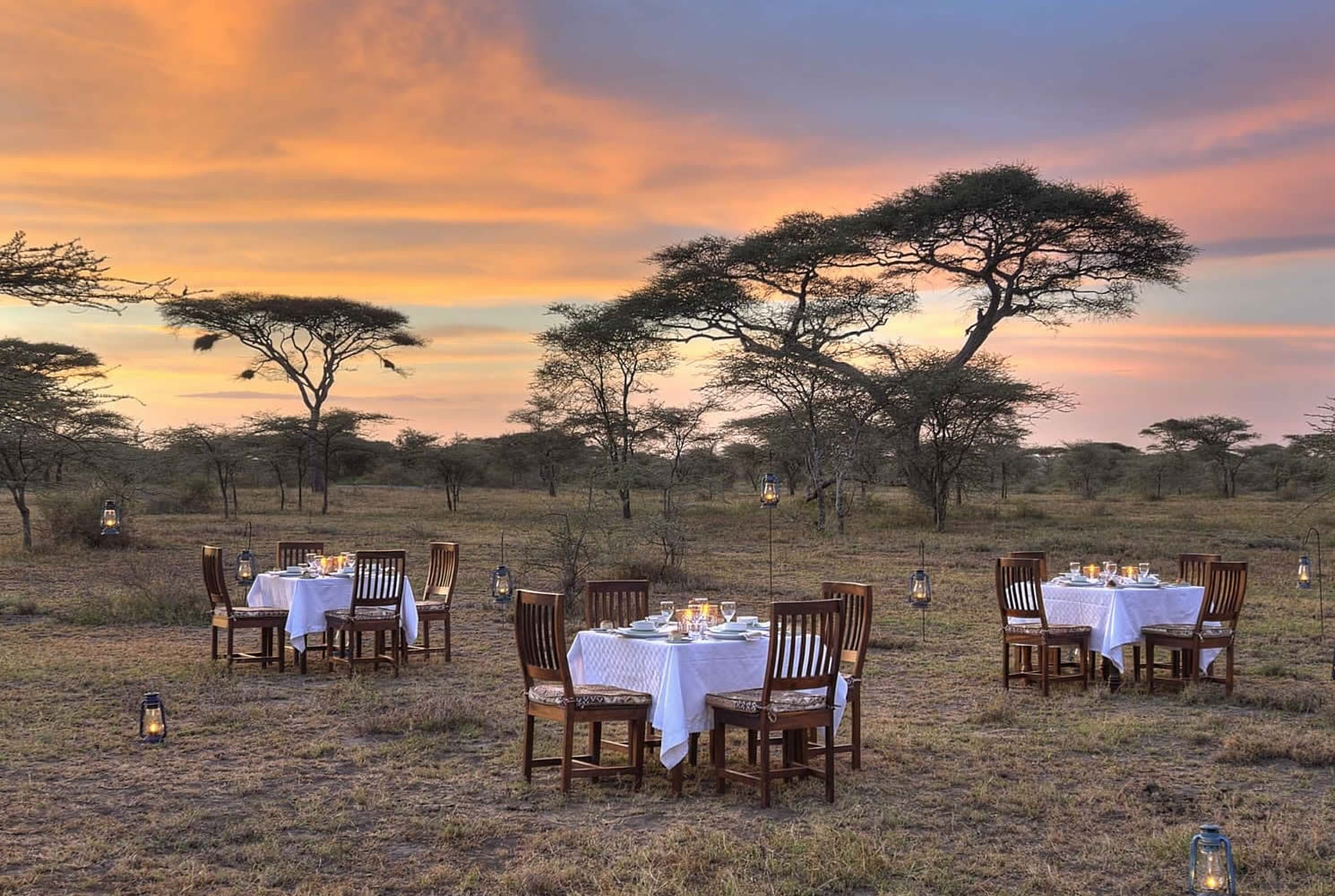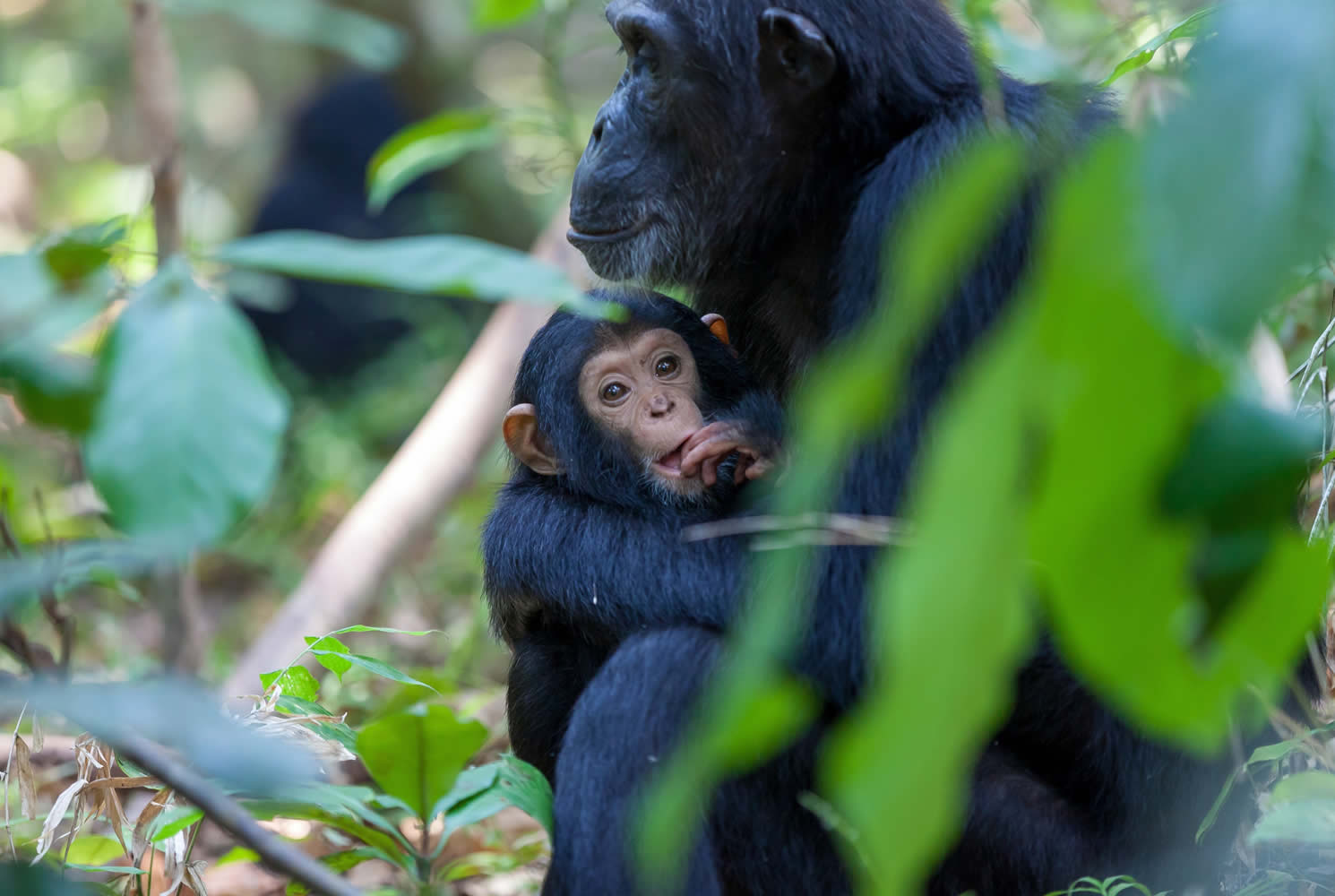Selous Game Reserve
Selous Game Reserve has the widest diversity of safari activities in the country, offering the boating safaris as well as standard game drives, walking safaris and legendary fly camping trips.
Selous Game Reserve is named after the English big game hunter and author Frederick Courtney Selous (1851 – 1917 , boasts Tanzania’s largest population of elephant – currently about 10,000 animals – as well as some of Africa’s largest numbers of buffalo, hippos, Nile crocodile and wild dogs.
The Selous Game Reserve is Africa’s biggest protected wildlife area that extends to within 150km of Mozambique. This is the highlight of Tanzania’s Southern Safari Circuit. The Rufiji River flows through the reserve attracting great herds of Tanzania elephant and allows the visitor to experience the reserve by boat. It is said that this reserve hosts Africa's biggest elephant and wild dog populations, attracted to the tranquillity of the park and the water supplied by the rivers and lakes.
Selous offers a variety of exclusive and professionally run safari options, by foot, boat or vehicle. This is a prime destination for a Tanzania southern safari circuit.


